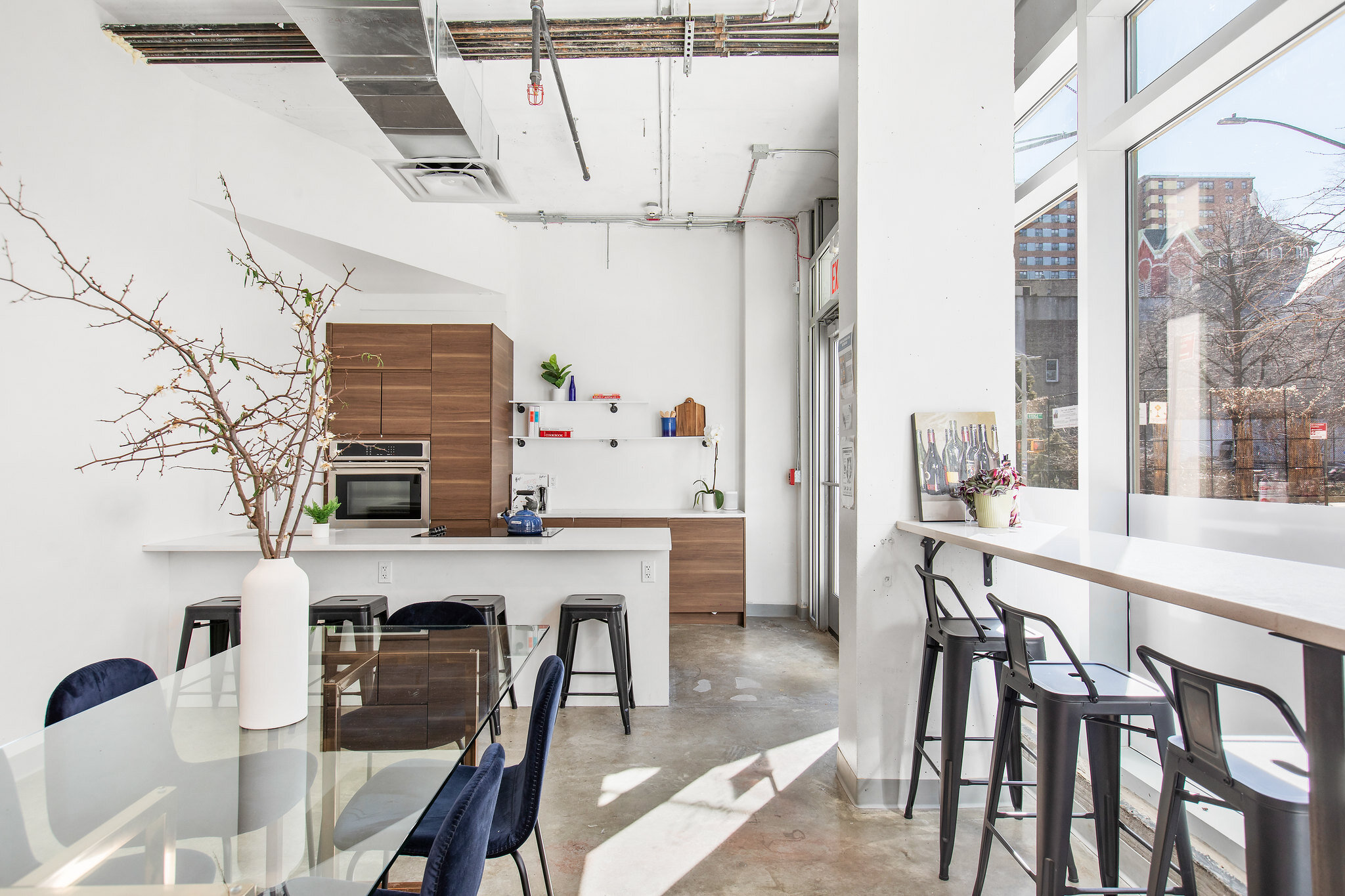The evolution of shared commercial kitchens
Although shared kitchens have been growing in popularity, the many options still seem to fall short. Our team took a closer look at the history of shared commercial grade kitchen spaces, how changes in our culture and society have shaped their existence today, and how Nimbus is paving the way for their future.
Shared kitchen options over time
The concept of shared kitchen rentals in the United States dates back to the 1960s when shared commissaries were introduced. These spaces provided small-scale food producers with access to licensed and inspected commercial kitchen facilities without the need to invest in their own infrastructure. Over time, these businesses slowly grew, mostly hosting catering businesses and food trucks within their walls.
In the 2010s, the rise of food delivery apps opened up new opportunities for food businesses to operate delivery-only food businesses. Shared kitchen operators responded to the growth of food delivery and opened cost-effective commercial kitchen spaces specifically for delivery-only restaurants.
In 2020, when the COVID-19 pandemic hit, the demand for flexible and affordable commercial kitchen spaces skyrocketed. According to a study by the Department of Agriculture in 2022, 50% of shared kitchens have opened in the last 5 years. Additionally, from 2019-2023, the shared kitchen industry grew from $43 billion to $64 billion and is projected to reach $157 billion by 2030.
However, not all shared kitchens are created equal, with most facilities located in industrial areas, having run-down infrastructure, and having no consumer-facing presence. Additionally, while most shared kitchens are less operationally-intensive and more affordable than owning a brick and mortar restaurant, the vast majority of shared kitchens that have opened in the last five years require inflexible annual leases and hefty start-up fees.
There is also an overall lack of transparency between customers and many delivery-only concepts coming from shared kitchens, which has drawn significant skepticism and critique. In 2020, for example, Chuck E Cheese received backlash when consumers discovered Pasqually's Handcrafted Pizza and Wings was being produced by the entertainment chain.
Nimbus: A unique approach
Nimbus, on the other hand, offers a breath of fresh air in the world of shared kitchens. When we first opened the doors to our first location in the Lower East Side in 2021, we were determined to create a shared kitchen with unmatched quality, flexibility, and community, and we’ve kept that focus through to the present day.
We’ve invested in state-of-the art equipment and deep clean our kitchens multiple times a day to ensure our facilities are always sparkling clean. We have hourly, monthly, and long term kitchen rentals, allowing us to work with all kinds of food businesses across sizes and maturities. We’ve reimagined off-premise kitchens by focusing on community; our digitally-enabled food hall in Downtown Brooklyn with on-site ordering and café seating serves as a bridge between our members and the neighborhood.
With quality, flexibility, and community at our core, we offer a menu of options to interact with our facilities including:
Affordable hourly kitchen rentals
Long-term dedicated leases
Luxury show kitchens
Dining & event space
Convenient storage options
Inclusive culinary community
Transparency! Potential consumers can see into our kitchens from the sidewalks.
Show kitchen at Nimbus Lower East Side
At Nimbus, we provide the infrastructure for food businesses at any stage to operate. Our kitchens are constantly growing and as we expand across New York City, and eventually nationwide, we will continue to evolve alongside the constantly changing food industry.



